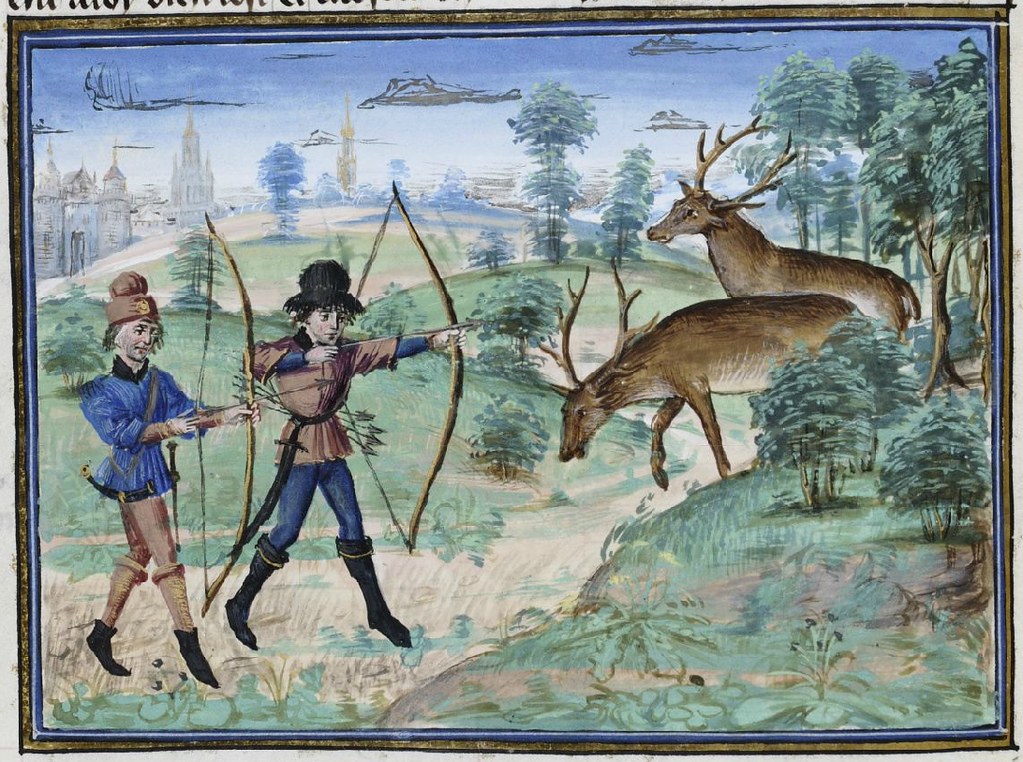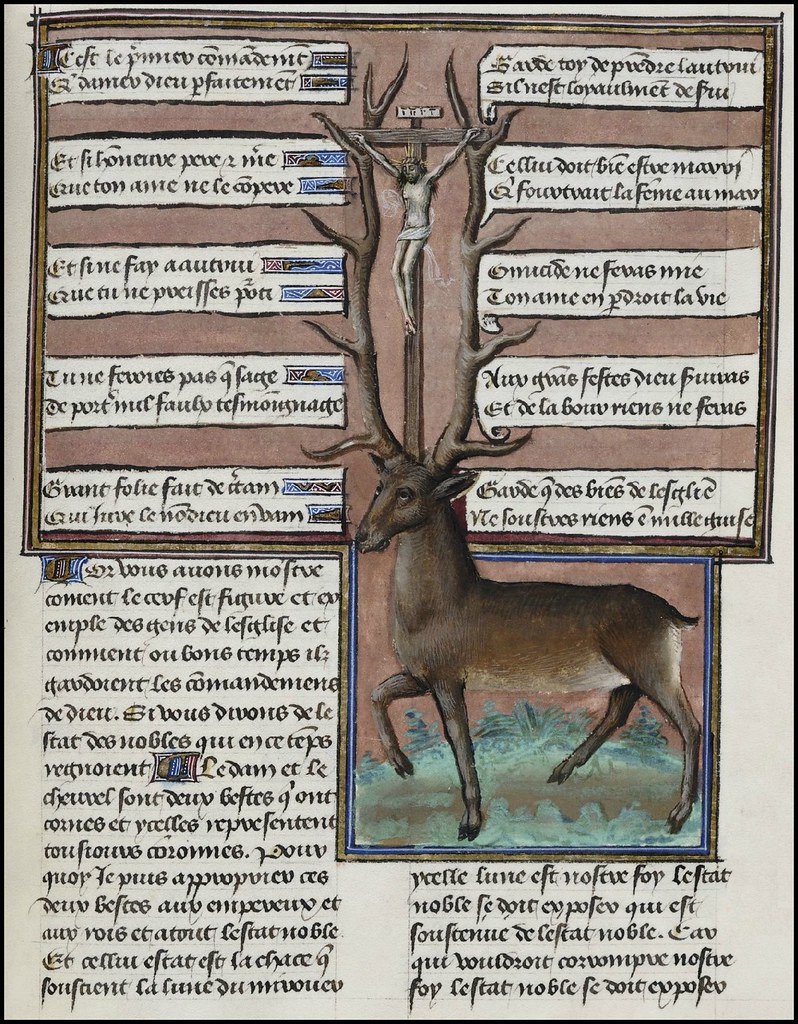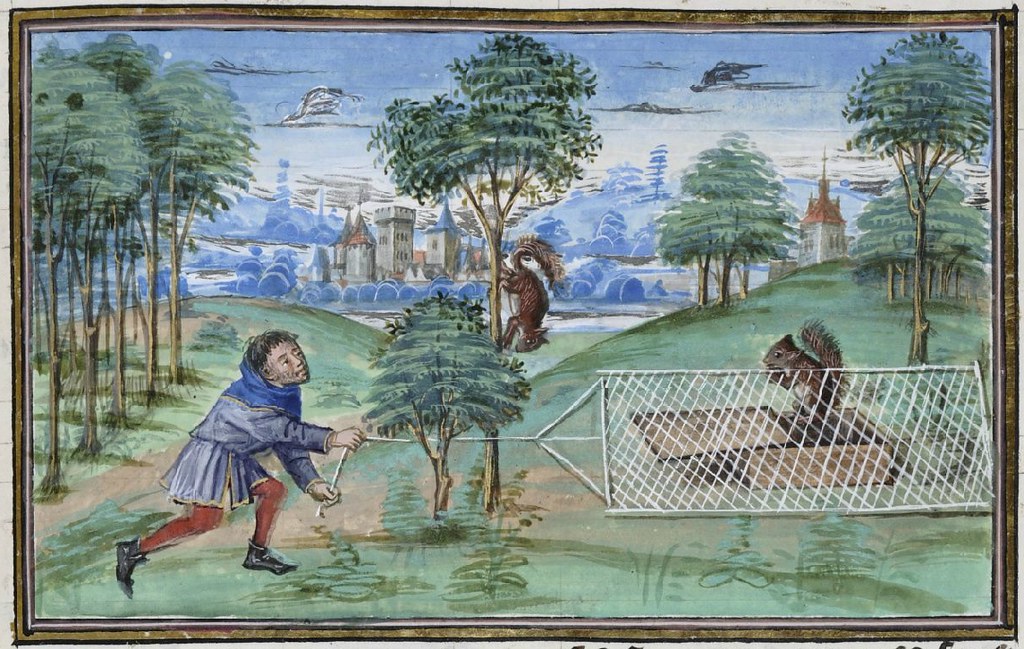"The areas
of secular education considered liberal have their foundation in classical
antiquity and were codified in the medieval period into a distinct set of
seven, with two subdivisions. The upper division, the quadrivium, consists of
Geometry, Arithmetic, Astronomy, and Music; while the lower division, or
trivium, is made up of Grammar, Logic (or Dialectic), and Rhetoric. [..]
The tradition of
artistic representation of the Seven Liberal Arts may be traced to the
fifth-century work of Martianus Capella; his allegorial treatise, 'De Nuptiis
Philologiae et Mercurii Libri Novem' ['Satyricon'], describes the Seven Liberal
Arts as personified female figures with specific attributes and
companions." [source]
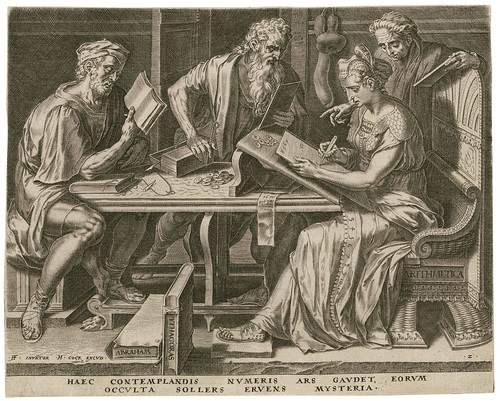 |
| Arithmetic, a woman, seated at a table inscribes a tablet accompanied by an elderly woman and two male scholars; the elderly woman stands over her and instructs her; her dress is numbered "1234..." and two tomes are labelled "ABRAHAM" and "PYTHAGORAS". |
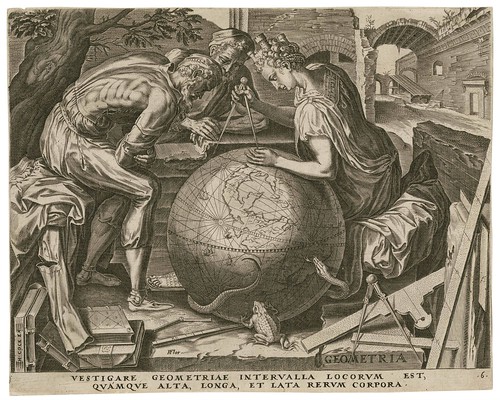 |
| Geometry, a woman, uses compasses to measure the globe watched closely by two male figures; various measuring devices are in the foreground together with academic tomes. |
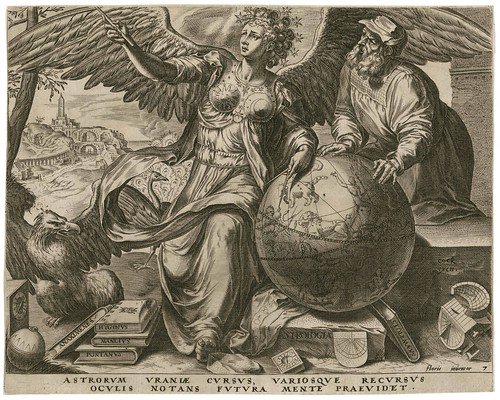 |
| Astrology, a winged female personification, leans besides a globe with zodiacal star symbols; on the ground are various scientific instruments and sundials etc; an eagle spreads its wings and stands besides a pile of books labelled "ANAXIMENES" etc. |
 |
| Dialectic, a woman, seated on a wicker chair, engages in conversation with an elderly philosopher; she rests her feet on a stack of tomes labelled "ARISTOTELES" etc; a bird sits on her head, an eel is wrapped around her arm and a frog sits on an upright tome. |
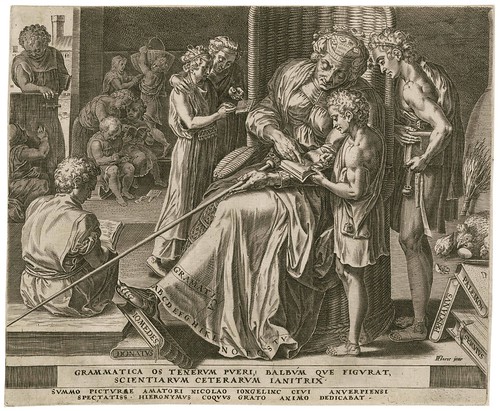 |
| Grammar, a seated old woman, teaches a young boy standing besides her the rudiments of reading and writing; she holds a long staff, leans over and points to the pages of the book held by the youth; her dress has the letters of the alphabet; in a school room with students and various labelled scholarly tomes. |
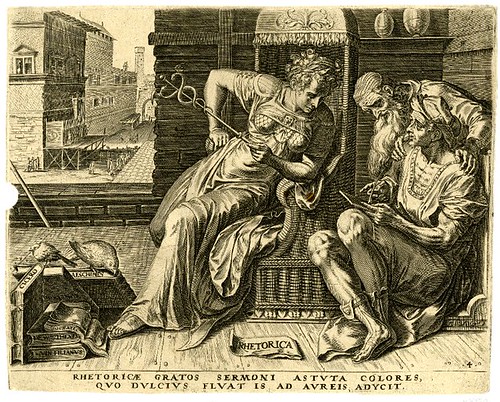 |
| Rhetoric, a seated woman, holding a caduceus, leans over and engages with a seated man writing on a tablet; an elderly man with a long beard places his hands on the shoulder of the younger scholar; two birds, including a parrot, sit on a pile of books labelled "CICERO" etc on the ground. |
 |
| Music, a woman, sits at a harpsichord; another female plays a lute and two youths embraced by an elder sing and hold tablets; a man sits at right and plays on a lute and the ground is strewn with instruments; more instruments hang from the wall, including a bagpipe and trombone |
The allegorical
mannerist images above were engraved by Cornelis Cort (after Frans Floris) and
published in Antwerp in 1565 by Hieronymous Cock. Available at Folger Shakespeare Library Image Collection [homepage]
